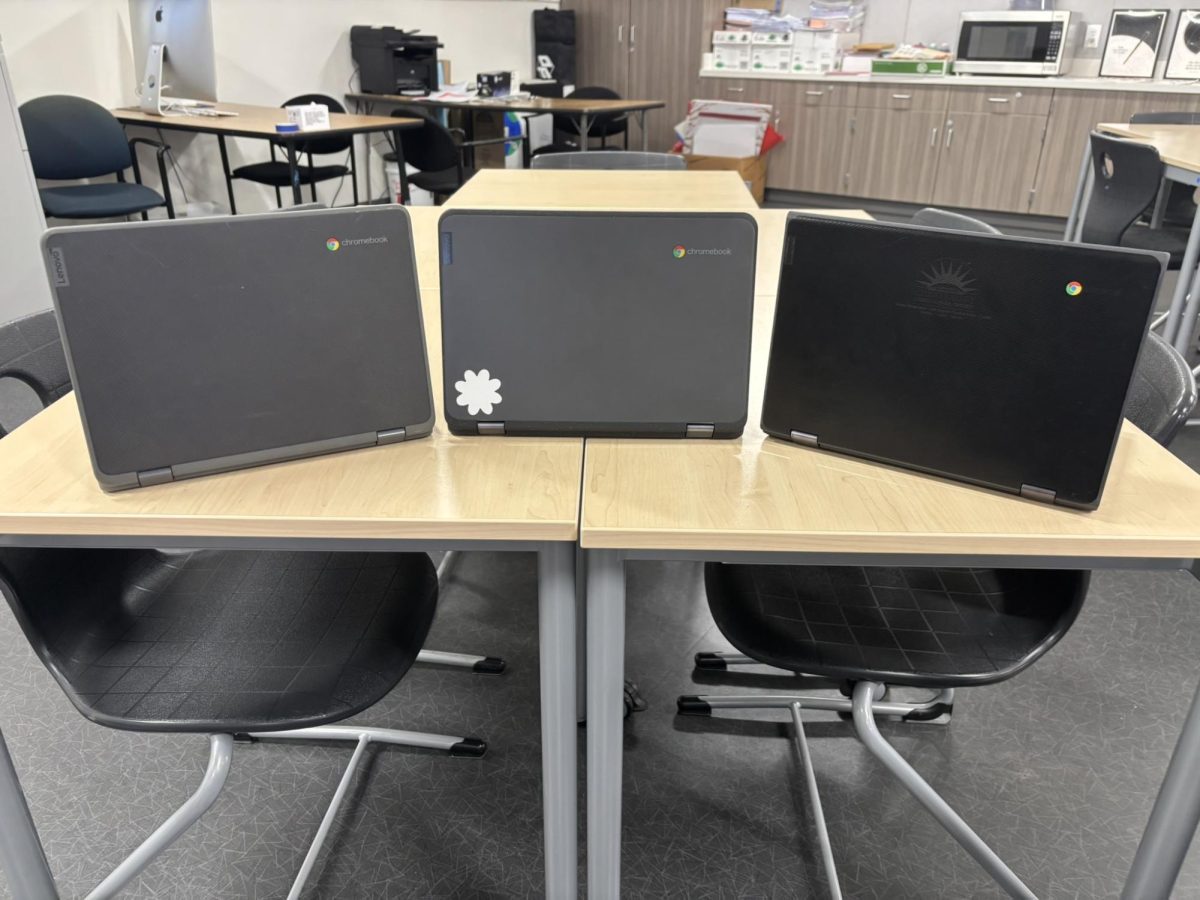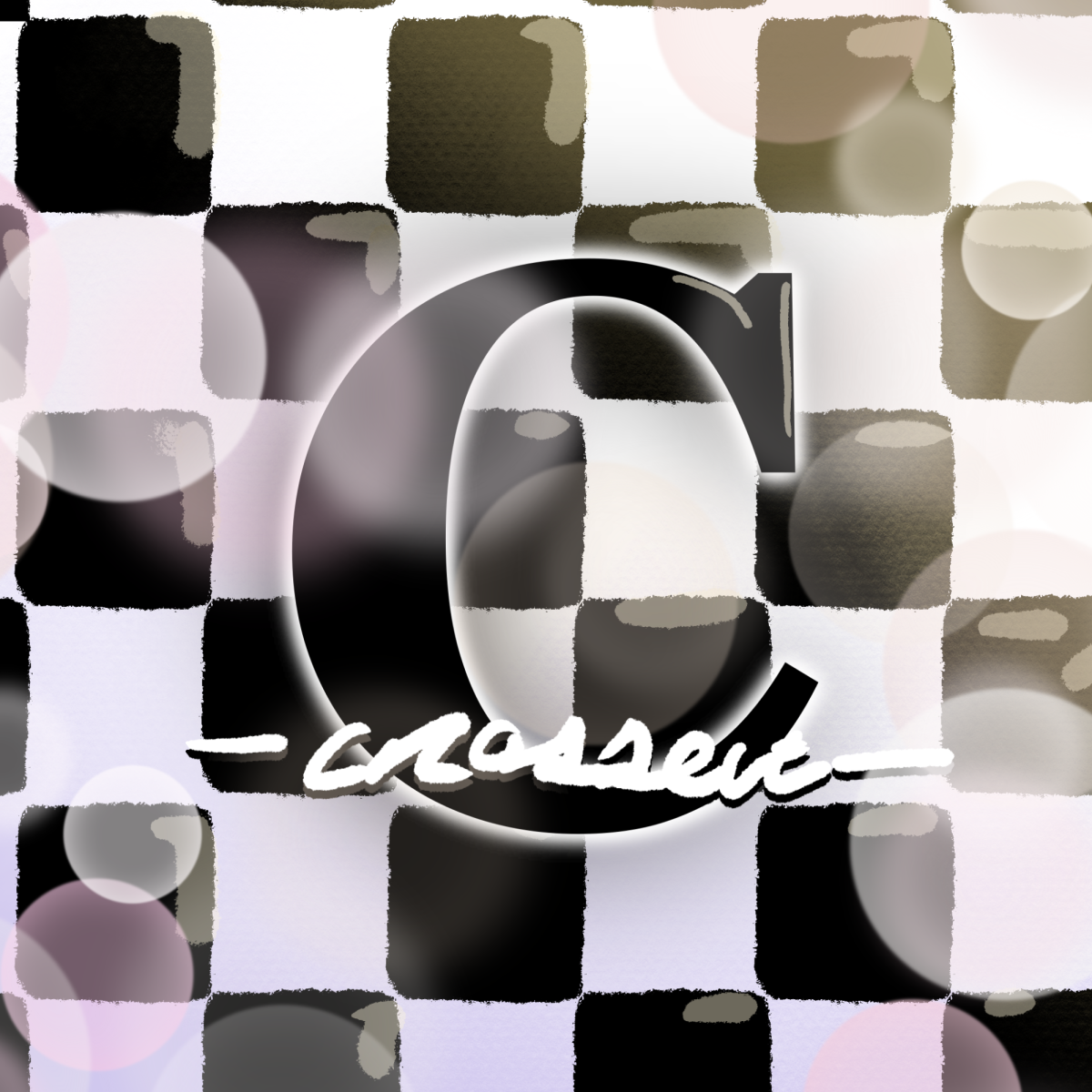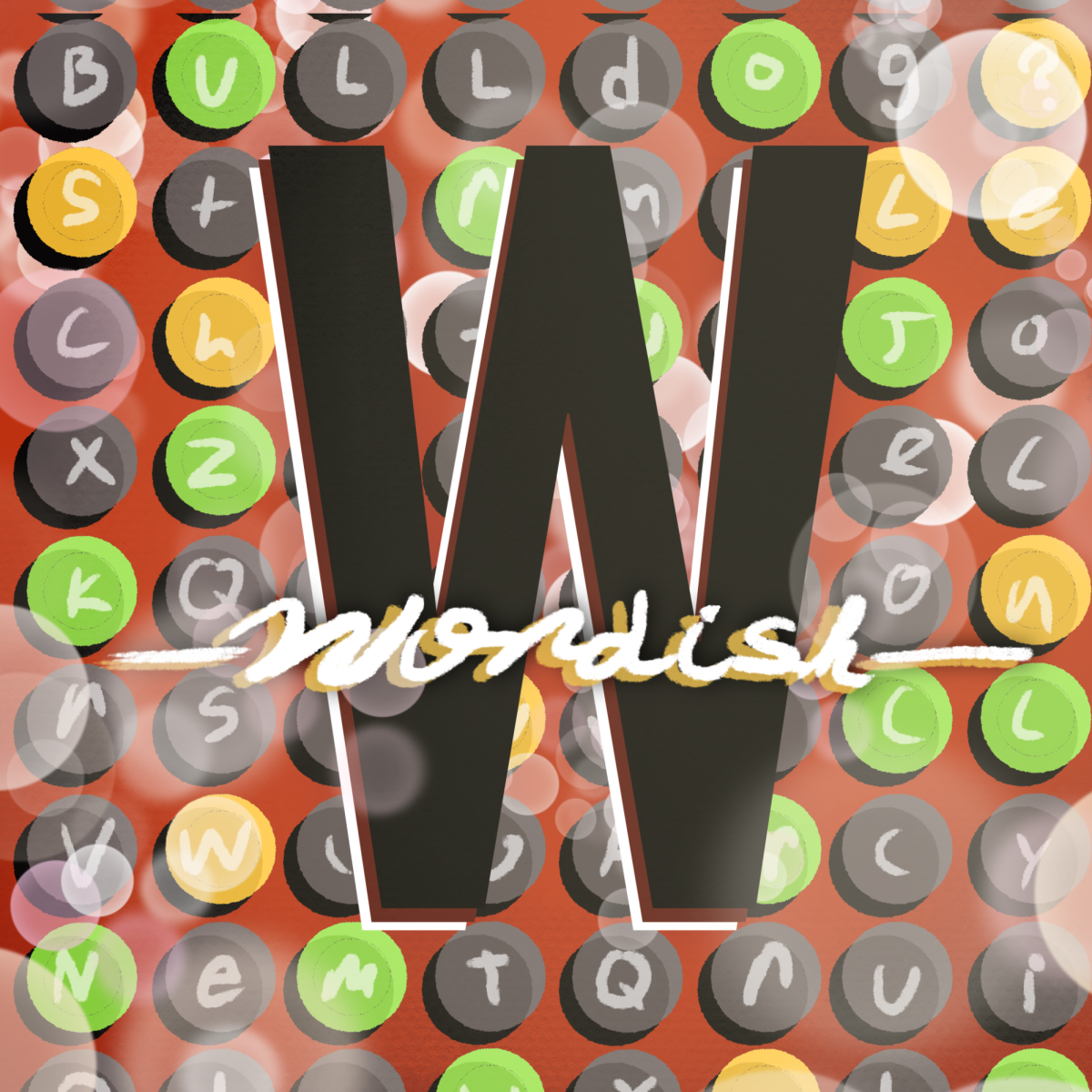The Preliminary Scholastic Aptitude Test (PSAT), a significant milestone for high school students, recently took a digital leap. This marked a historic shift from the traditional paper-and-pencil format to an online interface. While this change may have raised some eyebrows, the transition was met with a generally positive response.
The move to digital testing brought forth several key distinctions. Students bid a fond adieu to paper booklets and welcomed the sleek interface of computer screens. This transition was not only environmentally conscious, but also aligned with the broader trend towards digitization in education.
One of the most noteworthy shifts among students was the reduction in testing time. The digital PSAT proved to be shorter than its paper counterpart. This alteration undoubtedly came as a relief to students who juggled various academic commitments throughout the school day.
Another significant change was the customization of the tests. Unlike the uniform paper tests, every student encountered a unique set of questions. This adaptive approach aimed to cater to individual strengths and areas for improvement.
Opinions on the new format varied among the student body. Some found the digital version surprisingly manageable, with questions primarily focused on fundamental math and English concepts. The digital interface was likened to previous online tests, providing a sense of familiarity for many.
Ryan Chao, an 11th grader who took the digital PSAT, shared his thoughts on the transition, saying, “I found the digital PSAT manageable; most questions were easy, with a few challenging ones. While I had prepared for the paper version and would have preferred it, I think the digital one was overall easier.”
Devi Bhatt (11) also expressed her feelings on the digital PSAT.
“I think the digital PSAT was a lot easier than it would have been if it was on paper,” Bhatt said. “I think that’s because I’ve already familiarized myself with the digital format, for example when taking CAASPP [California Assessment of Student Performance and Progress] tests and ESAs [Essential Standards Assessments] on a Chromebook.”
However, some students did express feeling rushed during the digital PSAT. Adjusting to the online environment and managing time effectively proved to be a minor challenge for some.
Mrs. Cristina Domicoli, the counselor overseeing the PSAT administration, emphasized the College Board’s forward-looking approach, gradually transitioning all testing to digital platforms. Mrs. Domicoli acknowledged the learning curve for both students and administrators but commended the College Board’s vision.
“This year was the first year that the PSAT was offered digitally,” she said.”That was a new challenge for me, but not so much for the students. Many of them were already familiar with online testing, with some even comparing it to the SBAC [Smarter Balanced Assessment System] test they took in eighth grade due to the similar interface.”
For students, finding dedicated time for PSAT preparation remains a common challenge. Mrs. Domicoli recommended utilizing available resources, such as the viewing the Student Guide and online practice tests, to familiarize oneself with the format and types of questions. Additionally, the integration of Khan Academy with College Board accounts provides tailored practice opportunities.
Chao offered his advice for future test-takers, emphasizing the importance of practice.
“I focus on extensive practice, repeatedly taking the test. Khan Academy has been a great resource, offering a multitude of practice problems,” Chao said. “The key is to review all the concepts and engage in a lot of practice tests.”
The PSAT now serves as a vital stepping stone towards SAT preparation. With the SAT also transitioning to a digital format in spring 2024, the PSAT provides an excellent preview of what students can expect. This alignment offers a valuable advantage in preparing for future college admissions and scholarship opportunities.
In conclusion, Ayala’s digital PSAT experience marked a significant shift towards a tech-forward testing environment. While adjustments were necessary, students and administrators, including Mrs. Domicoli, embraced this change with open arms. With an eye towards the future, the digital PSAT not only mirrors broader testing trends, but also equips students for success in higher education.

























![“I'd say [this season was] successful because I didn't really think I was going to really play much because I'm a freshman. But my coaches took the time and believed in me,” Jonah Boyd (9) said. As a freshman, Boyd has already achieved great success during his first year on the boys Varsity baseball team.](https://ayalabulldogtimes.org/wp-content/uploads/2025/05/IMG_1598-1.jpeg)






















































